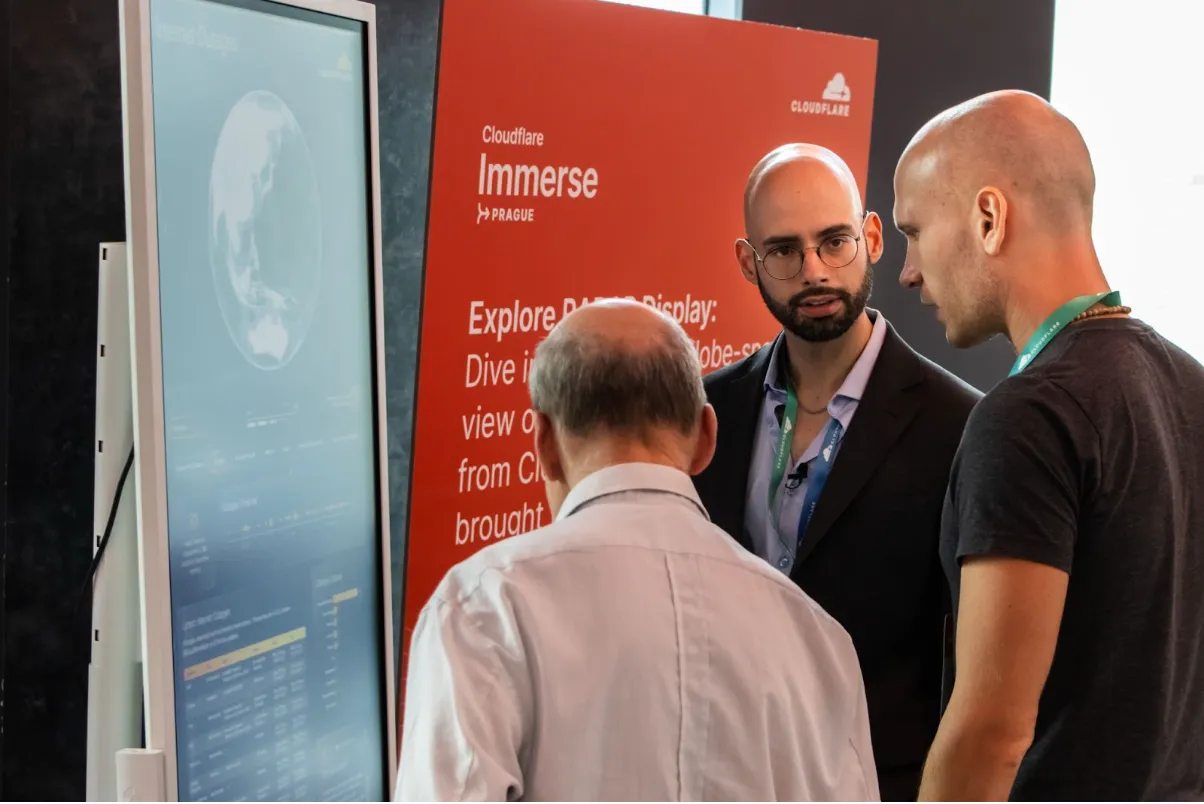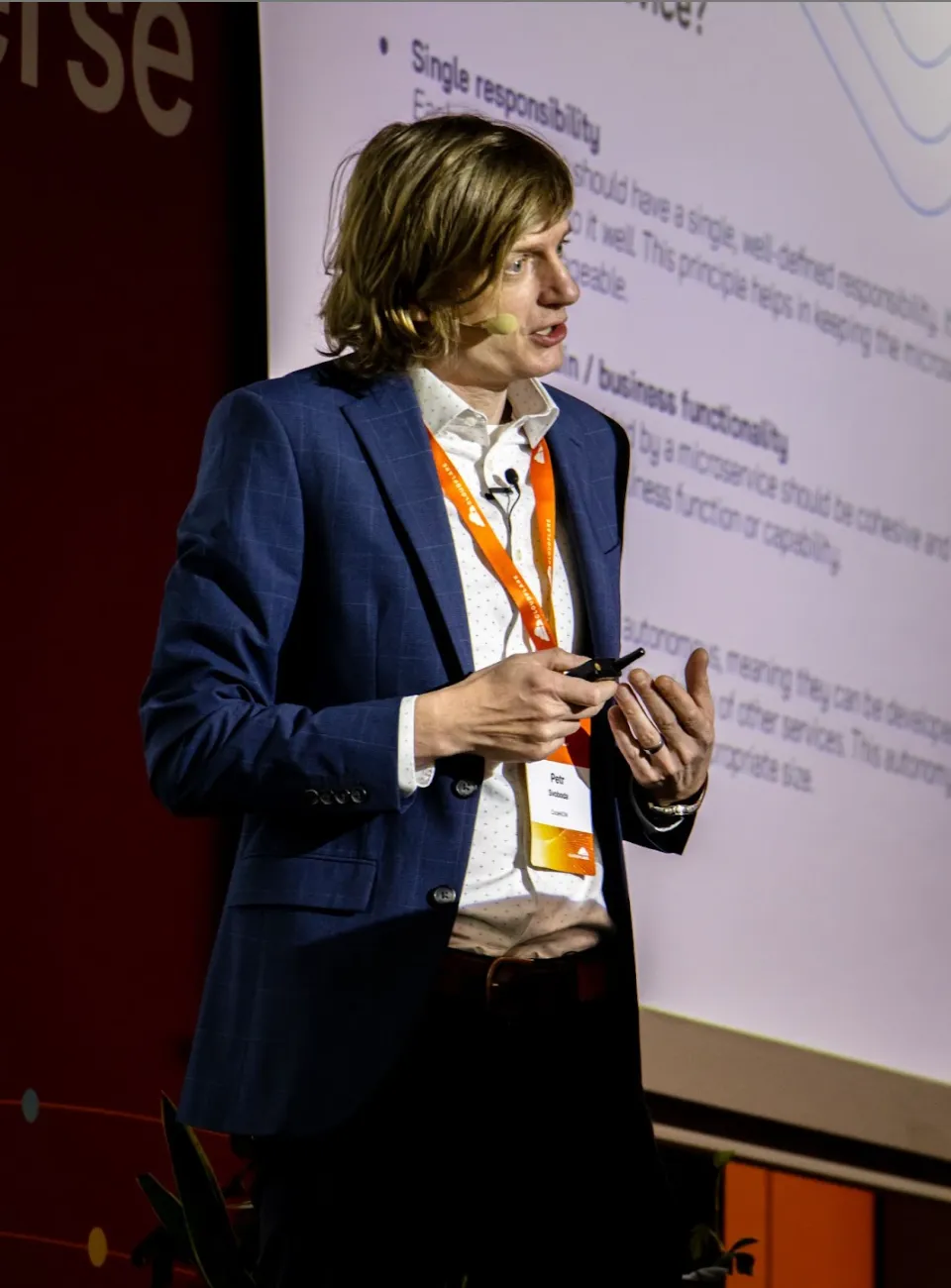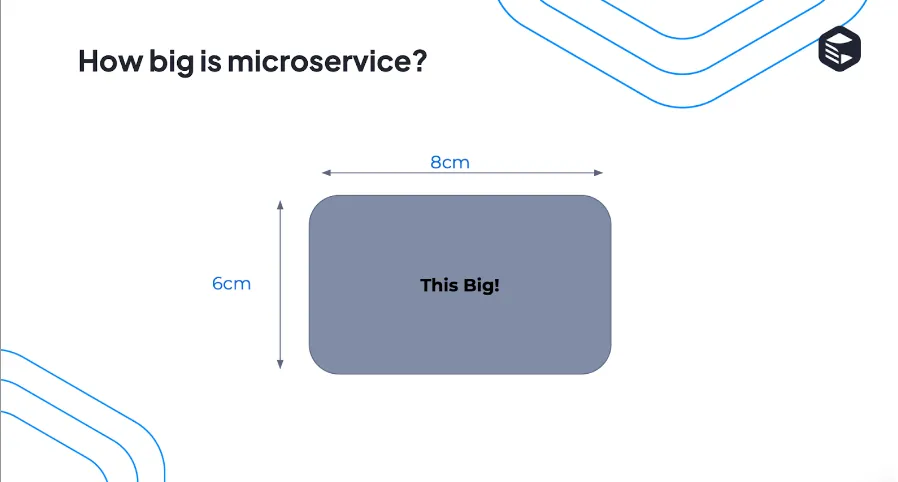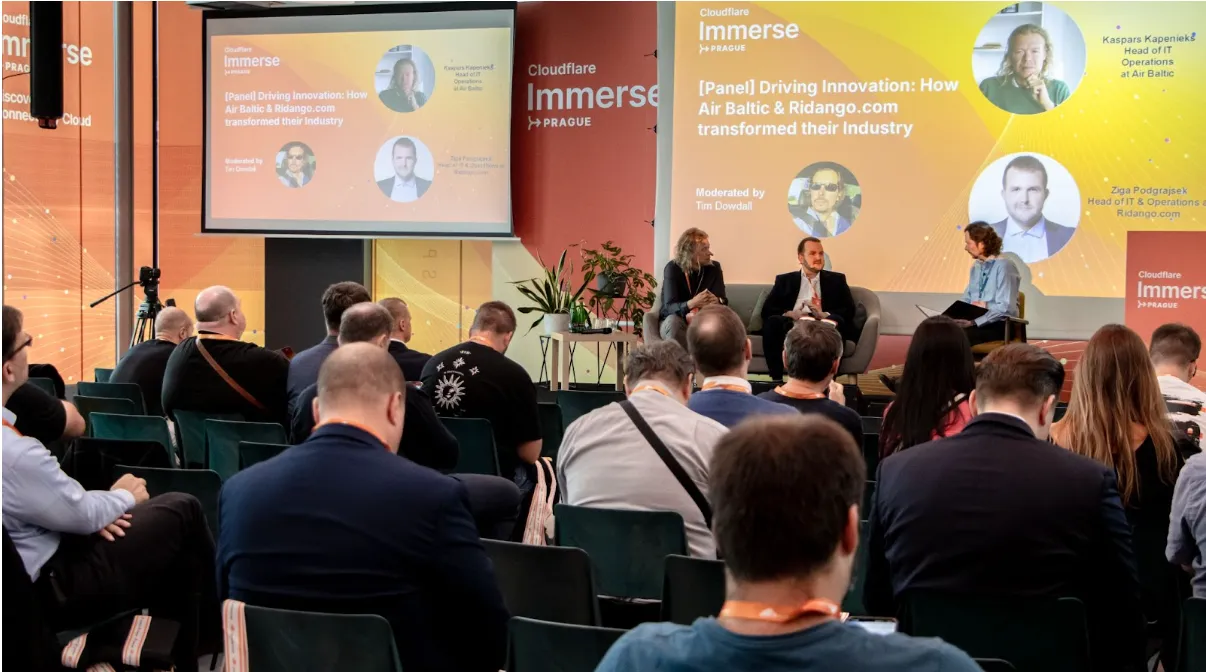Cloudflare Immerse: Prague’s gateway to Internet security and digital transformation
Last month, the Karlínská spojka venue in Prague hosted the first Cloudflare Immerse event in the Czech Republic. The gathering brought together IT professionals and business leaders to discuss internet security, performance, and digital transformation. And yes, we were there and brought you a report. Enjoy!
Cloudflare’s European strategy: Local reach, global power
Tony Van den Berge, Cloudflare's VP for Europe, opened the event by outlining the company's approach for the region. He emphasized creating a network that balances local capabilities with global reach. Cloudflare shared some of its current metrics:
- 158 billion threats blocked daily
- 60 million HTTP requests served per second
- 95% of global internet users within 50 milliseconds of their network
The company also noted its recent expansion into Poland, the Czech Republic, Slovakia, and Hungary.

Technology Developments
Attendees heard about several of Cloudflare's recent technological developments:
- "Connectivity cloud": An approach to simplify multi-provider connections
- AI use case support
- Programmable architecture
- Network and threat intelligence capabilities
Real business success: Learn from the best
Hearing from companies like AirBaltic, Ridango, and Surfshark was eye-opening. AirBaltic tackled a cyberattack head-on with Cloudflare’s rapid response solutions, and Ridango improved both security and app performance after adopting Cloudflare services.
A significant portion of the event focused on bot management. Cloudflare presented its multi-layered defense system, which includes alternatives to traditional CAPTCHAs.

Cloudflare’s Zero Trust Approach: Protecting Modern Business Infrastructures
With the increase in cloud computing and remote work, zero trust security was a key topic. Cloudflare outlined its approach:
- Moving from VPNs to zero trust network access
- Consolidating authentication and authorization
- Securing application data and controlling traffic visibility
- Unifying risk posture management
The company also discussed its remote browser isolation tool as a method to reduce phishing attacks.
Regulatory Compliance
The event included a discussion on the NIS2 directive and its implementation across EU countries. Speakers addressed the effects of geopolitical events on privacy and compliance regulations.
The Future of Software Development
One of the talks at the Cloudflare Immerse event in Prague came from our CEO Petr Svoboda. His presentation was a quick dive into the complex world of software development—specifically, why businesses should align their development strategies with DDD and microservices architecture.
Petr's journey in the tech world is marked by both challenges and successes, and this experience has shaped his views on what it takes to succeed in a development environment. Drawing from his work with major institutions like IBM, Komerční Banka, and ČS Bank, Petr shared actionable insights on how companies can speed up delivery without sacrificing quality.

Why align business domains with software architecture?
The concept of domain-driven design (DDD) is foundational for ensuring that the structure of your code mirrors the core business needs. This alignment simplifies software development, making it easier to manage and scale.
One of the key problems, as Petr pointed out, is that many businesses still have their code boundaries misaligned with their business domains. This mismatch leads to inefficiencies, especially when implementing new features.

The Power of Microservices
From here, Petr moved on to the next major shift in development: microservices architecture. This approach to building software allows businesses to break down applications into smaller, autonomous services that are easier to manage and scale.

He explained why microservices are so critical in today’s development environment:
- Granular functionality: Microservices allow for independent scaling and flexible deployments, which leads to greater control over how and when changes are implemented.
- Fault iIsolation: One failing component won’t bring down the entire system.
- Autonomous teams: Teams can work on their own microservices without waiting for approval or dependencies from other teams, significantly speeding up development time.
What Does This Mean for Businesses?
For companies struggling to keep up with the race of innovation, Petr’s message was clear: You need to remove bottlenecks. Centralized teams and shared resources often create delays, forcing developers to wait for approvals or access to infrastructure. This can slow down delivery cycles, making it harder to compete in a fast-moving market.
By moving to decentralized teams and ensuring that infrastructure is self-service, companies can reduce waiting times and empower their developers to be more productive.
Key Takeaways: Accelerating Software Delivery

Domain Driven Design ensures that your software is built to meet real business needs by structuring assets effectively. This approach reduces the need for shared environments, cutting down on coordination and unnecessary meetings. By using microservices, you enable faster, safer, and more scalable development, which empowers teams to operate with fewer dependencies and bottlenecks. Self-service infrastructure allows developers to work autonomously, avoiding delays caused by centralized approvals. This autonomy, combined with immutable infrastructure, creates consistency across environments, ensuring smooth deployments. Ultimately, this approach keeps your business agile, allowing for quick experimentation without being slowed down by bureaucracy.
What stood out in Petr's presentation is the focus on bridging the gap between business needs and technology solutions. He emphasized the importance of collaborating with business teams to ensure that software development stays aligned with overall business goals. By focusing on business value rather than technical complexity, companies can ensure that they are delivering real solutions that drive growth.
The Cloudflare Immerse event in Prague provided a platform for discussing current trends in Internet security and performance. It highlighted the ongoing challenges in the digital landscape and various approaches to address them.As businesses continue to adapt to evolving technology and regulatory environments, s continue to adapt to technology and regulatory environments, events like this offer opportunities for knowledge sharing among industry professionals.









